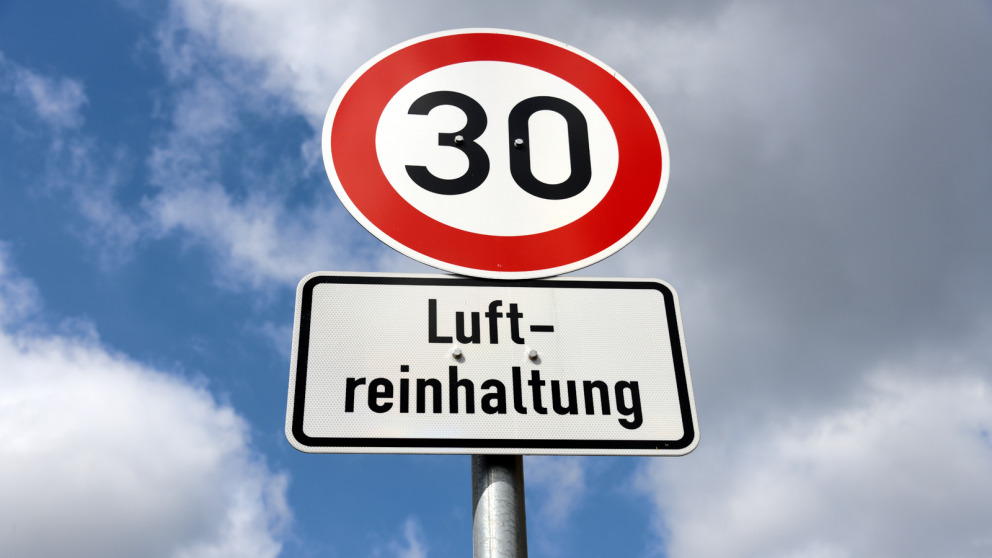More Asthma Patients Are Hospitalised When Air Pollution Is High
05.04.2022
People with respiratory diseases are more strongly affected by air pollution. They are at higher risk even in cities where limit values are only occasionally exceeded. In Berlin, a study found that the hospitalisation rate of patients with asthma and chronic obstructive pulmonary disease (COPD) increased with higher nitrogen dioxide concentrations.

A study conducted by a team of researchers from the IASS and the Charité - Universitätsmedizin Berlin examined the link between elevated air pollution and hospital admissions using data from Charité and the city of Berlin's air quality monitoring network from 2005 to 2015. Their conclusion: The risk of hospitalisation for asthma and COPD patients was significantly higher on days of elevated exposure to the pollutant nitrogen dioxide (NO2). When NO2 exposure increases by ten micrograms per cubic metre of air, ten per cent more asthma patients and twelve per cent more COPD patients were hospitalised.
Nitrogen dioxide is particularly dangerous
Nitrogen dioxide is measured regularly and is considered to be an accurate indicator of the population's exposure to the mixture of air pollutants from the transport sector. Daily NO2 concentrations in Berlin’s “urban background”, i.e. areas representative for the exposure of the general urban population, averaged 25 micrograms per cubic metre of air during the study period, and in some cases even reached 87 micrograms. During this period, the World Health Organization’s guideline value for outdoor air was 40 micrograms.
“The harmful effects we observed in our study might not only be due to NO2 concentration, they could also be related to other substances in the pollutant mixture that correlate with NO2. Frequent exposure to even low levels of NO2 has a negative effect on lung metabolism, function, structure and even patients’ susceptibility to pulmonary infections,” explains IASS Fellow Mariam Maglakelidze, first author of the study. The study did not find an increased risk of hospitalisation due to high ozone and particulate matter concentrations.
The air is getting better
In Berlin, NO2 emissions from the transport sector are estimated to be responsible for 70 to 80 per cent of the pollution in inner-city residential areas. “In recent years, the Berlin Senate has taken measures to combat air pollution, including diesel particulate filters, expanding the public transport network and creating more bicycle paths. This has improved the city’s air quality. During the study period of 2005 to 2015, the limit values for nitrogen dioxide were not met, and in the case of particulate matter, they were not met every year. But in 2020, there were no more violations, though the restrictions imposed by the pandemic also played a role here,” says Erika von Schneidemesser, research group leader at the IASS and co-author of the study. As past efforts to improve air quality have paid off, the team argues that they should continue in the interest of protecting people with respiratory diseases.
Hoffmann, C., Maglakelidze, M., von Schneidemesser, E., Witt, C., Hoffmann, P., Butler, T. (2022): Asthma and COPD exacerbation in relation to outdoor air pollution in the metropolitan area of Berlin, Germany. - Respiratory Research 23, 64.
https://doi.org/10.1186/s12931-022-01983-1
Contact

Dr. Erika von Schneidemesser
